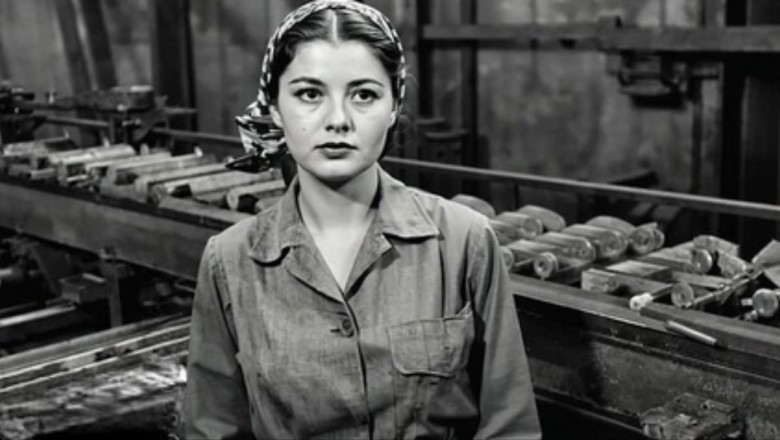
views
The Untold Story of World War II: Secrets Revealed

World War II, a global conflict that raged from 1939 to 1945, is often recounted through the lens of major battles, political maneuvers, and the heroic efforts of the Allied forces. However, beneath the surface of these well-documented events lies a web of secrets, covert operations, and untold stories that significantly influenced the course and outcome of the war. This article delves into some of the most intriguing and lesser-known aspects of World War II, revealing the hidden layers of espionage, technological advancements, and human resilience that shaped the conflict.
The Shadow War: Espionage and Covert Operations
Spies and Code Breakers
One of the most critical yet often overlooked aspects of World War II was the shadow war fought by spies and code breakers. Intelligence agencies on both sides played a pivotal role in shaping the war's outcome. The Office of Strategic Services (OSS), America's first spy agency, conducted numerous covert operations that provided crucial intelligence to the Allies. These operations ranged from infiltrating enemy lines to sabotaging key infrastructure1.
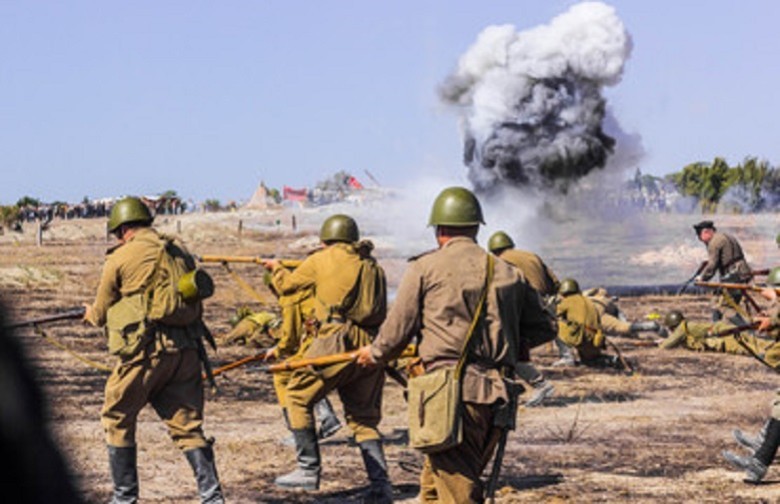
The breaking of the German Enigma code by the Allies is perhaps one of the most famous examples of code-breaking during the war. The Enigma machine, used by the Germans to encrypt their communications, was considered unbreakable. However, a team of brilliant mathematicians and cryptanalysts at Bletchley Park in England, including Alan Turing, successfully deciphered the Enigma code. This breakthrough provided the Allies with invaluable intelligence, allowing them to anticipate German movements and strategies2.
The Double Cross System
Another fascinating aspect of wartime espionage was the Double Cross System, a British counterintelligence operation that turned German spies into double agents. These double agents fed misinformation to the Germans, leading them to believe that the Allied invasion of Europe would occur at Pas de Calais rather than Normandy. This deception played a crucial role in the success of the D-Day landings, as it diverted German forces away from the actual invasion site1.
Technological Innovations and Secret Weapons
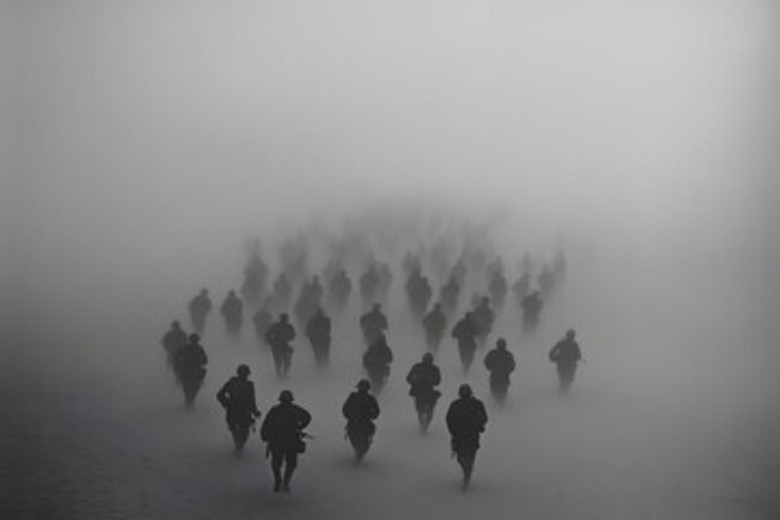
The Norden Bombsight
Technological advancements during World War II were not limited to the battlefield. The development of secret weapons and innovative technologies played a significant role in shaping the war's outcome. One such technological marvel was the Norden bombsight, a highly sophisticated device used by the U.S. Army Air Forces to improve the accuracy of aerial bombing. The Norden bombsight was so advanced that it was kept under strict secrecy to prevent it from falling into enemy hands2.
The Manhattan Project
The Manhattan Project, the codename for the American-led effort to develop the first atomic bomb, is another example of a secret technological endeavor that had a profound impact on the war. The successful development and deployment of atomic bombs on Hiroshima and Nagasaki in August 1945 effectively brought an end to the war in the Pacific. The Manhattan Project involved some of the world's leading scientists and was conducted in utmost secrecy to prevent Axis powers from developing similar weapons3.
Unsung Heroes and Forgotten Missions
The Navajo Code Talkers
Amidst the grandeur of large-scale battles and strategic maneuvers, the contributions of unsung heroes often go unnoticed. One such group was the Navajo Code Talkers, a unit of Native American Marines who used their native language to create an unbreakable code. This code was used to transmit sensitive information between Allied forces, playing a crucial role in the Pacific Theater. The Navajo Code Talkers' contributions remained classified until 1968, and their story is a testament to the ingenuity and bravery of individuals who made significant impacts on the war effort2.
The Ghost Army
Another lesser-known but equally fascinating story is that of the Ghost Army, a top-secret U.S. Army unit that used inflatable tanks, sound effects, and elaborate deceptions to mislead the Germans about the size and location of Allied forces. The Ghost Army's operations were so effective that they often drew German forces away from critical areas, allowing the Allies to gain strategic advantages. The existence of the Ghost Army was kept secret for decades, and their story is a remarkable example of the creative and unconventional tactics used during the war2.
The Human Cost and Resilience
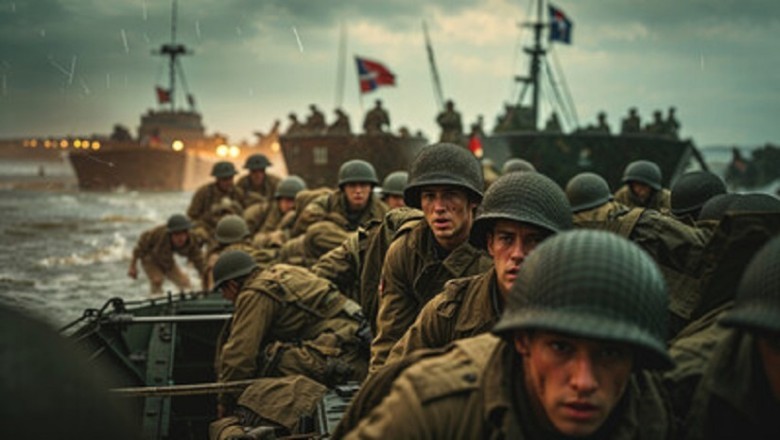
The Home Front
While the battles raged on the front lines, the home front was also a crucial theater of war. Civilians played a vital role in supporting the war effort through rationing, recycling, and participating in war-related industries. Women, in particular, took on new roles in factories and other traditionally male-dominated fields, contributing significantly to the production of war materials. The resilience and determination of civilians on the home front were essential to the Allied victory4.
The Holocaust and Resistance Movements
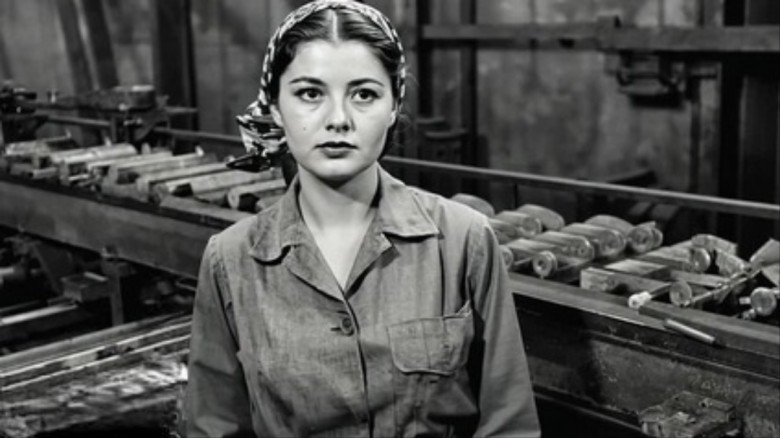
The horrors of the Holocaust, the systematic genocide of six million Jews by the Nazi regime, are a stark reminder of the human cost of World War II. Amidst this darkness, however, were stories of resistance and courage. Resistance movements across occupied Europe, composed of ordinary citizens, fought against the Nazi occupation through sabotage, espionage, and guerrilla warfare. These movements played a crucial role in disrupting German operations and providing intelligence to the Allies4.
Conclusion
The untold stories of World War II reveal a complex and multifaceted conflict that was shaped by a web of secrets, covert operations, and technological innovations. From the shadow war fought by spies and code breakers to the development of secret weapons and the contributions of unsung heroes, these hidden layers of the war provide a deeper understanding of the events that shaped the 20th century. As we continue to uncover and explore these stories, we gain a more comprehensive and nuanced appreciation of the sacrifices, ingenuity, and resilience that defined World War II.




















Comments
0 comment